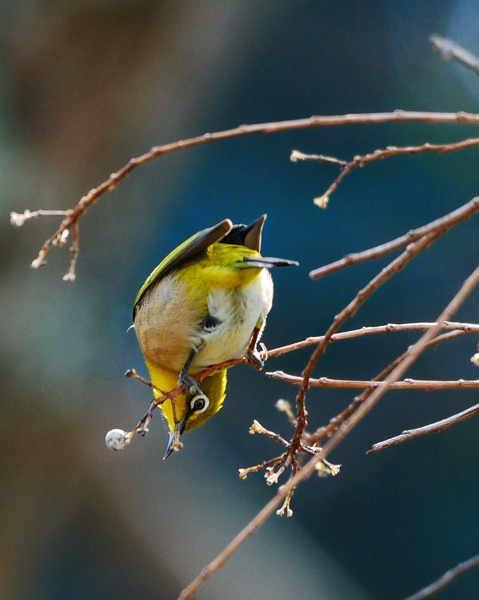Posted by: divdude March 1, 2008
Login in to Rate this Post:
0  ?
? 
 ?
? 
Please be aware, it is a long post.
@Amazing bro,I think photoshopping is an integral part of digital photography. In old days people had no luxery of photoshop so they had to use some very creative methods for post processing. All the photographers are faced with one serious limitation of the camera, the dynamic range. The Dynamic Range means the range of brightness in the view, starting from the brightest to the darkest part. For example if you want to take a picture of a mountain against the sky in a bright day you will invariably see that either the mountain looks too dark or the sky looks too bright in the picture. This is because the camera cannot capture all the range the human eye can see. Human eyes are rated to see 11 stops of dynamic range compared to 5 stops of camera. So photographers always have to make some adjustment to make photo look more natural.
All the photolabs do standard kind of processing to the negative like how much saturation to add, colour balance and stuff like that. But the pros do it exactly the way and the amount they like. Ansel Adams, probably the most influential landscape photographer, has written 3 major books on photography called The Camera, The Negative, and The Print. The work flow of photography starts from the camera and the processing of negative and printing. Each of the process is equally important to produce a good photo.
You can think Photoshop as a ditigal darkroom. Of course it is not easy to master it. For serious work , your screen needs to be calibrated so the photo appears exactly alike in the print as it did in the screen. Then there are issues like over saturation, too much hue, colour balance off and lots of stuff like that, which takes time to get used to.
Lets come back to straight out of the camera picture that you mentioned. Every digital camera first captures light using its sensor. The raw data (generally 12 bits) from the sensor is then processed to more managable format like jpeg(8 bits). During the conversion process the camera automatically does the processing work like adding contrast, hue, saturation, image sharpening, brightness etc. So there is no such thing as non processed digital picture. But you can always have more control using DSLRs that let you store data captured by the sensor (12 bits format) as it is called RAW format. Later you can process the RAW file to add the effects the way you want the picture to appear. I always take photos in RAW format. For example this photo of a Japanese White eye was taken in RAW format and then, some contrast , saturation and white balance were adjusted. I generally do it to make the subject look the way looked when I saw it with naked eyes.

@Amazing bro,I think photoshopping is an integral part of digital photography. In old days people had no luxery of photoshop so they had to use some very creative methods for post processing. All the photographers are faced with one serious limitation of the camera, the dynamic range. The Dynamic Range means the range of brightness in the view, starting from the brightest to the darkest part. For example if you want to take a picture of a mountain against the sky in a bright day you will invariably see that either the mountain looks too dark or the sky looks too bright in the picture. This is because the camera cannot capture all the range the human eye can see. Human eyes are rated to see 11 stops of dynamic range compared to 5 stops of camera. So photographers always have to make some adjustment to make photo look more natural.
All the photolabs do standard kind of processing to the negative like how much saturation to add, colour balance and stuff like that. But the pros do it exactly the way and the amount they like. Ansel Adams, probably the most influential landscape photographer, has written 3 major books on photography called The Camera, The Negative, and The Print. The work flow of photography starts from the camera and the processing of negative and printing. Each of the process is equally important to produce a good photo.
You can think Photoshop as a ditigal darkroom. Of course it is not easy to master it. For serious work , your screen needs to be calibrated so the photo appears exactly alike in the print as it did in the screen. Then there are issues like over saturation, too much hue, colour balance off and lots of stuff like that, which takes time to get used to.
Lets come back to straight out of the camera picture that you mentioned. Every digital camera first captures light using its sensor. The raw data (generally 12 bits) from the sensor is then processed to more managable format like jpeg(8 bits). During the conversion process the camera automatically does the processing work like adding contrast, hue, saturation, image sharpening, brightness etc. So there is no such thing as non processed digital picture. But you can always have more control using DSLRs that let you store data captured by the sensor (12 bits format) as it is called RAW format. Later you can process the RAW file to add the effects the way you want the picture to appear. I always take photos in RAW format. For example this photo of a Japanese White eye was taken in RAW format and then, some contrast , saturation and white balance were adjusted. I generally do it to make the subject look the way looked when I saw it with naked eyes.

